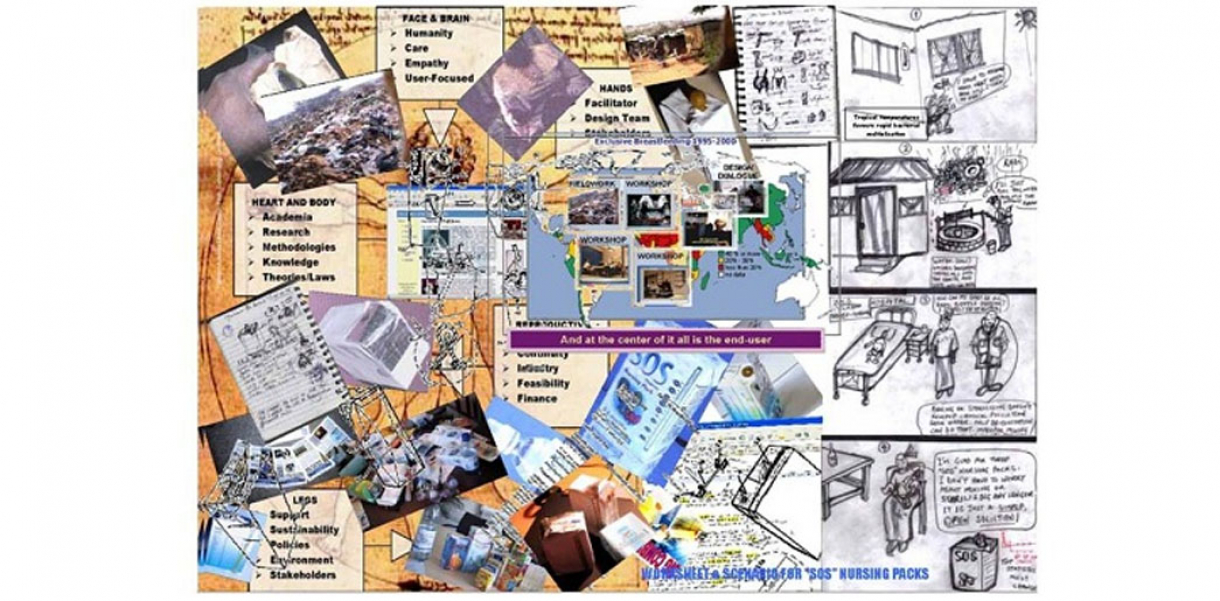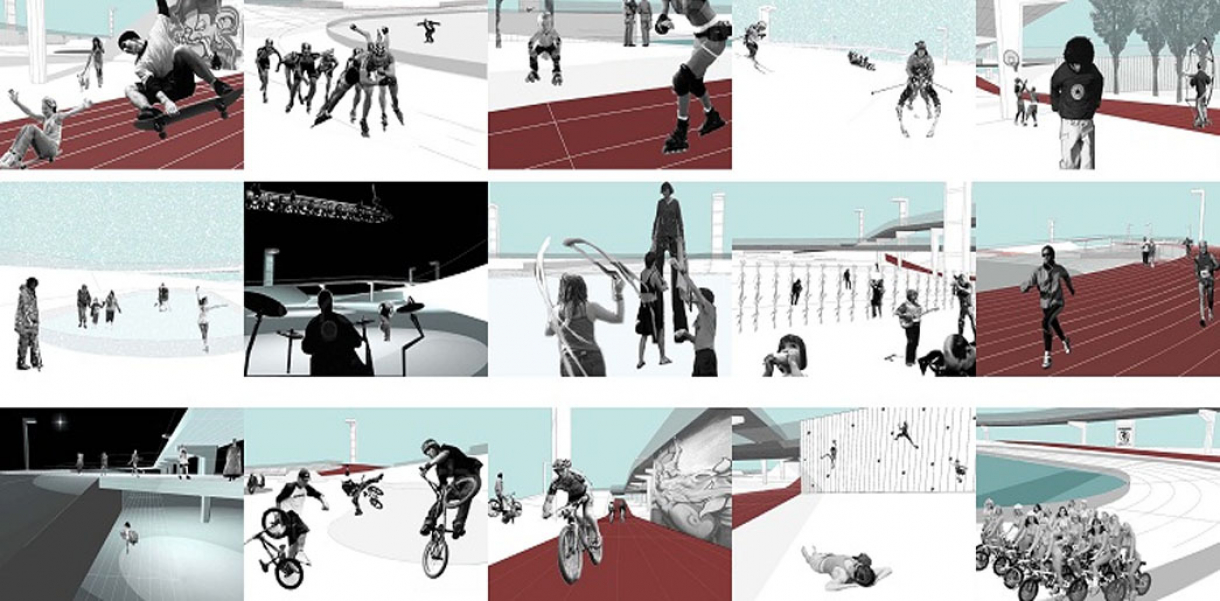The apparatus is an innovative approach to the problem of feeding bottle related deaths, especially in developing countries. The design suggests strongly that the preparation and distribution of infant formula, water and or fruit juices should be marketed as finished preparation and packed in one-time-use disposable, aseptic packs with suckling teat already fixed on the pack.
Functionality and use of design
The design is targeted at saving lives of millions of infants that die annually from contaminated bottle feeding and proposes a more hygienic, traceable means of feeding infants with infant formula which can easily be controlled and regulated by the W.H.O., UNICEF, and the Food and Drug Administration and Control.
How did this design improve life?
Since the early 80s, the World Health Organization (WHO) and UNICEF claim that 1.5 million infants die annually from sicknesses traceable to feeding bottle feeding of infant formula in place of breast-milk. If this holds true, then bottle feeding is killing more humans than the notorious AIDS disease. Researches and investigations have revealed that though the infant formula may need to be improved nutrition-wise, the formulation is not the major cause of these deaths, but the way and manner in which it is handled. Improper dosage of the powder formula can cause kidney failure, while the use of unclean water or blending of the formula mixture with local pap coupled with exposure of the feeding bottle to poor environmental conditions is the real killer factors.
Though there have been calls for a boycott of infant formula as a way of promoting exclusive breastfeeding, the real victims of feeding bottle disease live in the developing nations of Africa, Asia and South America where the government is not allowing up to six months maternity leave of absence from work. There are other biological factors for which a baby may have to be bottle fed, such as multiple births, AIDS disease, colossal disasters, such as the Tsunami that rocked parts of Asia, where helpless infants need to be fed balanced diets and clean water; death of the mother or sometimes the fact that some mothers’ breast-milk cannot be fed to their babies or that it is insufficient in quantity or quality. It is indisputable that there will always be a market for infant formula.
This design reflected on the history of certain items which became more efficient when they became disposables and hence the name: “SOS” (Same Old Story) Packs; by the same token deduced that the handling and distribution of infant formula is one major area which could be improved or innovated. Since the calls for boycott and attacks on the infant formula producers have not reduced the number of deaths annually, and also the fact that all the hitherto procured remedies have to do with electricity or car-battery operated sterilizers, which are too sophisticated, bulky and too expensive for the majority of women in the developing countries; it may be a plausible alternative to try the idea of a completely disposable feeding packs, which will not require sterilizing. It is suggested through this design concept that infant formula producers should (like Coca Cola) ship their powder formulations to the developing countries, make their own clean water, mix the formula in the right proportion and pack it into one-time-use SOS packs. The same goes for infants’ drinking water and or fruit juices until they are six months old.
Children are precious gifts to their parents; why should we fold our arms and watch 1.5 million of them die painfully every year?
Drawbacks of life improvement
None identified so far, though it is speculated that the cost may be beyond the means of the developing countries’ masses, but reduced taxes and tariffs on the commodity should help in this area.
Another possible drawback may be the fact that these packs will add more plastic-containing garbage to our community, which could easily be recycled, and if weighed against painful deaths of 1.5 million infants annually, waste management should be a preferred sacrifice.
Research and need
The research method was basically that of User-Centred Design, involving identifying of an opportunity for situated intervention via ethnographically inspired observation of the context. This is the method taught at the Mads Clausen Institute for Product Innovation (University of Southern Denmark, Sønderborg), where the research was commenced in 2003. User empathy was the mainstay of the whole research activities and in this case, the end user happens to be defenceless infants, mostly in the developing countries of Africa, South America, Middle East and some parts of Asia.
The research had proceeded from problem sighting and evaluation (Lagos-Nigeria), to understanding of the context through interviews, workshop at a Danish Language School in Sønderborg, Denmark, involving parents from at least three continents and further research through reading and browsing W.H.O. reports and gazette on the matter. The web-based “Feeding Bottle Museum” was also a great source of enlightenment and inspiration.
The research process completed its first major iteration loop with the workshop in Sønderborg, which was video documented for reflections, review and also used as work-tool for brainstorming on design conceptualization. Sketches were made and also 3D modelling with early prototyping materials for visualizing the design concepts. This progressed into more advanced prototypes based on further understanding of the context and the envisaged interaction between the designed artefact and the end-user. The results at this stage of the research were found to be patentable, so one was filled with the Danish Patent Office (PA 2005 00093). This was done not with the intention of profiting from the problem, but as an act of supporting the protection of intellectual properties, which should be encouraged and also as a possible means of recouping part if not the whole of the incurred expenses and plough back the fund into further research activities.
The pinnacle of the project was the presentation of the final design concept to the “owners of the problem”, in Nigeria, from where the hint of the problem was first sighted. The week-long activity (February 12th – 19th 2005), was characterized by positive feedback, reflections and was crowned with an interview from a national news magazine (Tell Magazine, Nigeria).
It may be worthwhile to mention here that the project could have benefited more from a wider coverage of ethnographic field studies to other identified problem sites other than Nigeria and the Benin Republic, but because the research was funded individually from meagre personal incomes and education loans from the Danish Government through the student funds department (Statens Uddannelsesstøtte), it was fund constrained and this prevented a wider coverage.
It may be that this design is not the perfect solution to the problem of “Feeding Bottle Ailments”, it is intended to serve as a way of suggesting that the problem may be resolved through appropriate, user-focused design efforts involving all concerned stakeholders (Vis-à-vis: Infant formula producers, packaging industries (SIG Combibloc is involved already), government bodies, health workers, parents, W.H.O and UNICEF, etc). Loss of 1.5 million infants annually cannot be waved aside by anybody and this includes the design communities, who may actually be holding the key to the resolution of the problem. This project may form part of my PhD research at the Design & Technology Department of Loughborough University, Leicestershire, England.
There is however need to further research into other possible materials for making the nipples that will be cheaper while still remaining environmentally friendly other than silicones and natural rubber. Gelatins and carbohydrates or their derivatives are the primary targets.
The project could best be described as either on-going or progressing because further research on it will continue from March 2005 at Mads Clausen Institute for Product Innovation where it was initiated in 2003, focusing on product realization.
Designed by
Hakeem Adebola Lawal - Denmark






